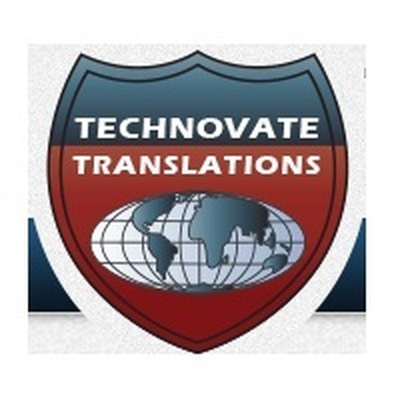More from Technovate Translations
More in Politics
Related Blogs
Archives
Social Share
Essential Guide to Translating Documents into Japanese: What You Need to Know
Body
Translating documents into Japanese can be a challenging task, even for experienced translators. The Japanese language has unique features that make it different from many other languages. This guide will help you understand the key things to keep in mind when translating documents into Japanese, whether you're doing it yourself or using Japanese translation services.
Understanding Japanese Writing Systems
One of the first things to know about Japanese is that it uses three different writing systems: Hiragana, Katakana, and Kanji. This can make translation tricky.
Hiragana is used for native Japanese words and grammar. It looks like curvy characters. Katakana is used for foreign words and sometimes for emphasis. It looks more angular. Kanji are Chinese characters used in Japanese writing. They can be very complex.
When translating documents, you need to know which system to use for each word. This is where Japanese translation services can be very helpful. They have experts who understand these systems and know when to use each one.
The Importance of Context in Japanese
In Japanese, the meaning of a sentence often depends a lot on the context. Words can have different meanings based on how they're used. Sometimes, important information is left out of a sentence because it's understood from the context.
For example, in English we might say "I'm going to the store." In Japanese, you could just say "Going to the store" and the "I'm" part is understood. This can make translation tricky because you need to know what information to add or leave out.
Good Japanese translation services pay close attention to context to make sure the meaning is clear in the translated document.
Levels of Politeness in Japanese
Japanese has different levels of politeness in speech and writing. This is called "keigo." There's casual language, polite language, and very formal language. Choosing the right level is important.
For example, in a business document, you'd use very polite language. But in a letter to a friend, you'd use more casual language. Getting this wrong can make your document sound strange or even rude to Japanese readers.
When translating, you need to think about who will read the document and choose the right level of politeness. This is another area where professional Japanese translation services can be very helpful.
Dealing with Cultural Differences
Japanese culture is quite different from many Western cultures. This can affect how you translate documents. Some ideas or phrases that make sense in English might not work well in Japanese.
For instance, Japanese people often avoid saying "no" directly. Instead, they might say something like "That would be difficult." When translating, you might need to change direct statements to more indirect ones to sound natural in Japanese.
Understanding these cultural differences is important for good translation. Many Japanese translation services have translators who understand both the language and the culture, which helps create more natural-sounding translations.
Handling Technical Terms
If you're translating technical documents, you'll face another challenge. Many technical terms in English don't have direct translations in Japanese. Sometimes, Japanese uses the English word written in Katakana. Other times, there might be a Japanese term that means something similar.
For example, the English word "software" is often written as "ソフトウェア" (sofutowea) in Japanese, using Katakana. But for "hardware," Japanese often uses "ハードウェア" (hādowea) or the term "機器" (kiki), depending on the context.
Choosing the right term is important to make sure your document makes sense to Japanese readers. This is why many companies use specialized Japanese translation services for technical documents.
Layout and Design Considerations
When you translate a document into Japanese, you might need to change its layout. Japanese is often written vertically, from top to bottom and right to left. Even when it's written horizontally, it takes up space differently from English.
For example, a short English phrase might become a long Japanese phrase. This can affect how your document looks. You might need to adjust the layout to make everything fit and look good.
Some Japanese translation services offer desktop publishing as part of their service. This means they can help adjust the layout of your document after translation.
Proofreading and Quality Check
After translation, it's very important to have your document checked by a native Japanese speaker. They can catch any small errors or awkward phrases that a non-native speaker might miss.
Many Japanese translation services include this step as part of their process. They often have a separate editor or proofreader check the translated document to make sure it's accurate and sounds natural.
Conclusion
Translating documents into Japanese involves many challenges, from understanding different writing systems to dealing with cultural differences. It's not just about changing words from one language to another. You need to think about context, politeness levels, cultural nuances, and even document layout.
While it's possible to do some simple translations yourself, for important or complex documents, it's often best to use professional Japanese translation services. They have the expertise to handle these challenges and create accurate, natural-sounding Japanese translations of your documents.












Comments